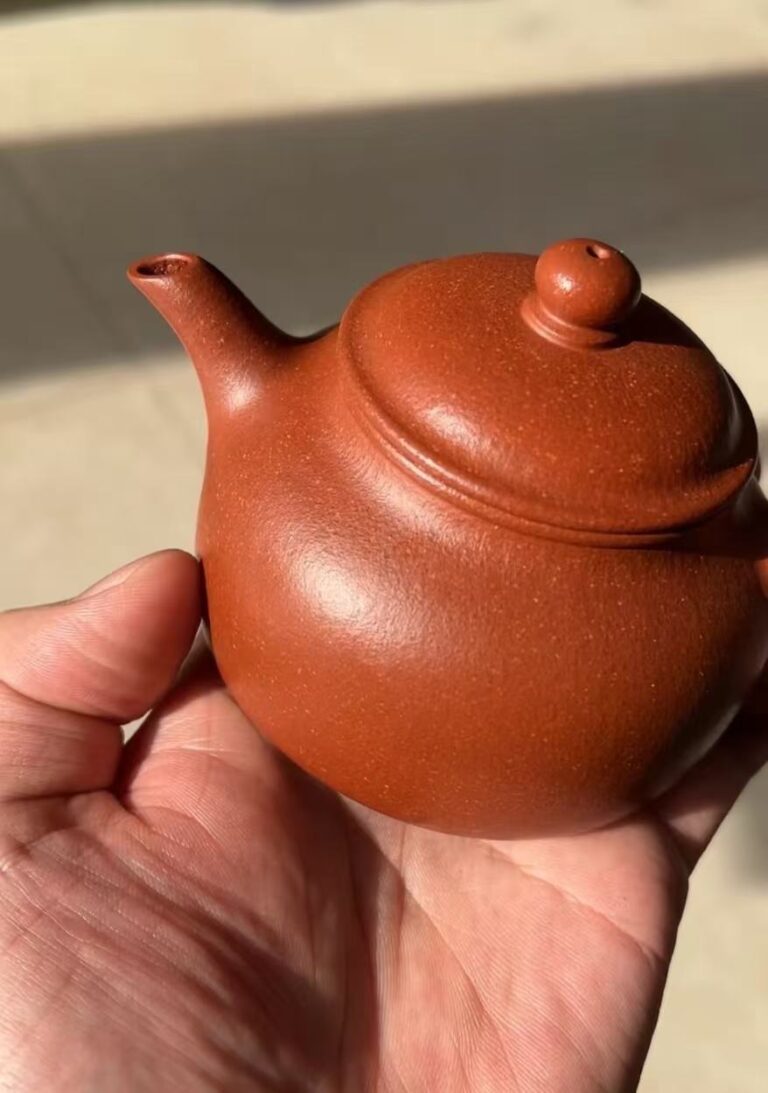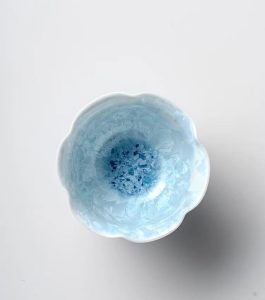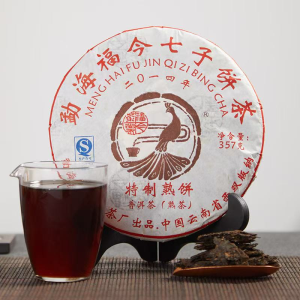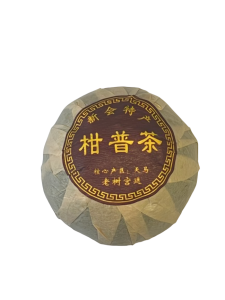The humble tea leaf is undergoing a remarkable transformation in 2025. No longer just a comforting beverage, tea has evolved into a sophisticated wellness tool, carefully formulated to deliver specific health benefits backed by scientific research. This shift from traditional enjoyment to functional wellness represents one of the most significant developments in the global beverage industry.
“We’re witnessing a convergence of ancient wisdom and modern science,” explains Dr. Mei Zhang, tea researcher at the Global Institute for Botanical Medicine. “Consumers are increasingly seeking beverages that not only taste good but also serve specific wellness purposes.”
This growing demand for functional teas is driven by several factors: heightened health consciousness following global health challenges, increasing stress levels, a preference for natural remedies over synthetic alternatives, and a deeper understanding of how bioactive compounds in tea affect human physiology. Let’s explore the most influential functional tea trends shaping 2025 and beyond.
Science-Backed Functional Ingredients
The most notable shift in 2025’s functional tea landscape is the emphasis on evidence-based formulations. While tea has long been associated with health benefits, today’s consumers demand more than traditional claims—they want scientific validation.
Tea companies are responding by highlighting specific bioactive compounds in their marketing and formulations. EGCG (epigallocatechin gallate), the powerful antioxidant in green tea, features prominently in products targeting metabolic health and inflammation reduction. L-theanine, the amino acid responsible for tea’s calming effects, is being precisely dosed in blends promoting relaxation without sedation.
“The industry is moving beyond vague wellness claims to specific, measurable benefits supported by research,” notes Emma Richardson, beverage trend analyst at Market Insights Global. “Brands that can substantiate their functional claims with credible studies are gaining significant market advantage.”
Adaptogens—herbs that help the body resist various stressors—have become particularly prominent in functional tea formulations. Research published in the Journal of Pharmacological Reviews (2024) demonstrated that adaptogenic compounds like those found in Rhodiola rosea and Ashwagandha can help regulate the body’s stress response by balancing the hypothalamic-pituitary-adrenal (HPA) axis. These traditional herbs are now being combined with tea to create potent stress-management blends.
You might be wondering how these functional ingredients actually work together. Consider how traditional tea wisdom combines with modern scientific research: while ancient herbalists understood that certain plants promoted calm or energy, today’s tea formulators can identify the specific compounds responsible and optimize their delivery and bioavailability.
Cognitive Performance and Mental Wellness
Perhaps the fastest-growing segment in functional teas addresses cognitive performance and mental wellness. In our hyperconnected, high-pressure world, consumers are seeking natural solutions for focus, memory, stress reduction, and emotional balance.
L-theanine has emerged as a star ingredient in this category. Research in Nutritional Neuroscience has shown that the combination of L-theanine and caffeine—naturally present in tea—promotes alert relaxation, enhancing focus without the jitters associated with coffee. Premium tea brands are now formulating blends with precise ratios of these compounds to optimize cognitive effects.
“What’s particularly interesting about the cognitive tea trend is how it’s resonating with younger consumers,” explains Dr. James Chen, neuroscientist and tea researcher. “Gen Z, in particular, is driving demand for functional beverages that support mental performance and emotional regulation without pharmaceutical intervention.”
Beyond focus and productivity, mental wellness teas addressing anxiety, depression, and sleep disturbances are gaining significant traction. Formulations incorporating lemon balm, passionflower, and specific mushroom extracts like Lion’s Mane (which has demonstrated neurotropic properties in preliminary studies) are being marketed as natural alternatives or complements to conventional treatments.
Immune Support and Preventative Health
The events of recent years have permanently elevated consumer interest in immune health, and functional teas are responding to this demand with sophisticated formulations targeting the body’s defense systems.
“Immune support is no longer seasonal—it’s a year-round priority for consumers,” notes Dr. Sarah Johnson, immunologist and herbal medicine researcher. “What’s changing is the level of specificity in how tea formulations address different aspects of immune function.”
Rather than general “immune-boosting” claims, leading brands are developing teas that target specific immune pathways. Some focus on supporting the gut-immune axis with prebiotics and anti-inflammatory compounds, while others emphasize antiviral and antibacterial properties of specific tea polyphenols.
Research published in the International Journal of Molecular Sciences has identified several compounds in tea—particularly theaflavins and catechins—that demonstrate significant antiviral and antibacterial properties. These findings are informing new functional blends that combine traditional tea bases with complementary herbs like elderberry, astragalus, and echinacea.
Many of these immune-supporting teas are being formulated with seasonal variations, acknowledging the different challenges our immune systems face throughout the year. Winter blends might emphasize respiratory support, while summer formulations focus on hydration and inflammation management.
Personalized Tea Formulations
One of the most exciting developments in 2025’s functional tea landscape is the rise of personalization. Moving beyond one-size-fits-all wellness solutions, innovative companies are creating customized tea blends based on individual health profiles, preferences, and goals.
Several direct-to-consumer tea brands now offer detailed questionnaires assessing health concerns, stress levels, sleep patterns, and wellness objectives. Proprietary algorithms then generate personalized functional tea blends addressing each customer’s specific needs.
“Personalization represents the future of functional beverages,” says Michael Torres, founder of CustomBlend, a personalized tea subscription service. “Each person’s biochemistry and health needs are unique, so their functional tea formulation should be too.”
The most advanced services are beginning to incorporate biometric data from wearable devices and even genetic information to refine their recommendations further. Mobile apps allow customers to track effects and provide feedback, enabling continuous refinement of their personalized blends.
This trend reflects a broader shift toward precision nutrition and personalized wellness, with tea serving as an accessible daily vehicle for tailored functional ingredients.
Sustainable and Ethical Sourcing
Functionality and sustainability are increasingly inseparable in 2025’s tea market. Consumers understand that the efficacy of functional ingredients depends on their quality, which in turn depends on how they’re grown, harvested, and processed.
“The most health-conscious consumers are also the most environmentally conscious,” explains Dr. Lisa Patel, sustainability researcher at the Center for Regenerative Agriculture. “They recognize that tea grown using regenerative practices not only protects ecosystems but potentially offers superior functional benefits due to higher phytonutrient content.”
Leading functional tea brands are embracing transparency, providing detailed information about their sourcing practices, working conditions for tea farmers, and environmental initiatives. QR codes on packaging allow consumers to trace specific ingredients back to their origins and learn about cultivation methods.
Regenerative agricultural practices—which go beyond sustainability to actively restore soil health and ecosystem function—are becoming the gold standard for premium functional tea ingredients. Research suggests that plants grown in biodiverse, healthy soils may produce higher levels of beneficial compounds as part of their natural defense systems.
Innovative Delivery Systems
While loose leaf and traditional tea bags remain popular, 2025 has seen an explosion of innovative delivery systems making functional teas more convenient and precise.
Ready-to-drink (RTD) functional teas have evolved significantly, with cold-chain distribution preserving delicate bioactive compounds and advanced packaging technologies extending shelf life without preservatives. These products are particularly popular among younger consumers and busy professionals seeking convenient wellness solutions.
Tea concentrates and crystals offering precise doses of functional compounds are gaining traction among the performance-oriented segment. These products allow consumers to customize strength and combine with other functional ingredients.
Perhaps most intriguing are the new physical formats emerging: functional tea gummies, effervescent tablets, and even transdermal patches claiming to deliver tea’s beneficial compounds through the skin. While some of these innovations have yet to demonstrate efficacy equal to traditional brewing methods, they represent the industry’s commitment to meeting consumers where they are.
Conclusion
The functional tea trends of 2025 reflect a sophisticated marriage of ancient wisdom and cutting-edge science. As consumers increasingly view their daily beverages as tools for specific health outcomes, the tea industry is responding with evidence-based formulations, personalized solutions, and innovative delivery systems.
What makes this evolution particularly significant is how it honors tea’s traditional roots while embracing scientific validation. The most successful brands are those that can tell a compelling story connecting traditional tea culture with modern functional benefits.
Looking beyond 2025, we can expect even greater precision in functional tea formulations, more robust scientific validation of benefits, and increasingly seamless integration with digital health platforms. As our understanding of tea’s bioactive compounds continues to deepen, so too will the sophistication of functional tea products designed to support specific aspects of human health and wellbeing.
For consumers navigating this evolving landscape, the key is to look beyond marketing claims to the evidence behind them, consider individual health needs and preferences, and remember that even the most functional tea is still, at heart, a moment of mindful pleasure in our busy lives.







